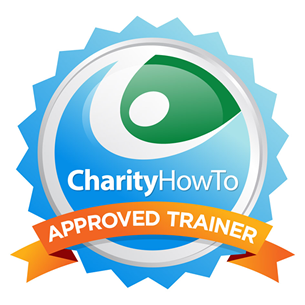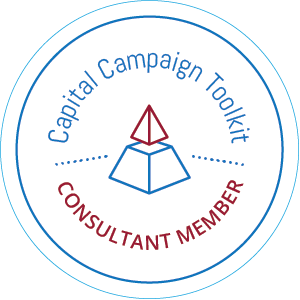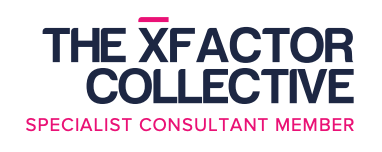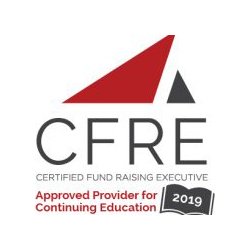Long the hallmark of major gift work, qualification through engaging in dialogue with our top-level donor prospects has allowed us to identify those prospects who will entertain developing a relationship with our organization or not. This qualification will enable us to understand their motivations, needs, and experiences to custom-tailored a donor-centric cultivation experience.
Beyond our major donors, all those at other giving levels became a major assumption. We resorted to the one-sized fits all approach to donor qualification and communications, far from understanding their why or how behind their interest.
Today, gone is the one size fits all approach to donor communications for our lower to mid-sized level first-time donors.
Well, I often get asked how I can begin to qualify new donor leads into my organization, so I know who I should be focusing my time and energies on. And, most importantly, how can I do this with all my universe of lower-level prospects?
Well, first-time donor surveys may be the answer to this issue.
Whether it is direct mail or a digital lead, these same principles apply.
- Develop a donor survey using an online survey platform .and/or create a hard-copy version of the survey to be mailed for those participating in your direct mail program.
- Develop a set of questions that aim at understanding their experience, commitment, and motivation for making a gift.
- If a first-time giver sends back a survey, use that data to determine content tailored to their experiences and motivation.
- Develop ways to ensure that your CRM can capture and record this information to appropriately segment donors based on their “identity” and develop different, either customized email or mail engagement streams.
- Capture and compiled data analytics. The key to all good fundraising is data capture and analysis, and far too few groups capture, analyze, and make strategic decisions based on this information.
- Those responding to the survey are donors who are raising their hands and doing the work of donor qualification for you. They are noting that they are at least interested enough in your organization as a first-time giver to take the survey. These respondents should definitely go to another engagement stream for deeper cultivation touches than those who do not respond to the survey.
- Asking critical experience and commitment questions allows the organization to determine how to cultivate the donor. You may want to ask questions such as “On a scale of 1-10 (with 1 the lowest, and 10 the highest), how easy was it for you to donate?” “What was your experience like to make that first donation?” Or even, “How committed are you to the charity?”
- Predictive giving questions are essential to include as well to induce qualification. Items such as “What is your intention to be still giving to the charity in two years?” Surely, these first-time donors answering this question in the affirmative are self-qualifying to a great extent.
- Also, consider asking questions that will drive at a donor’s motivation level to determine what was motivating this first-time gift. Was it the way they were asked? Was it how they were asked? Are they motivated to have a short or a long-term impact? Are they motivated by “peer pressure’? Answers to these will further quality your first-time donors.
- Segment your donors based on developing an engagement score based on the survey answers. First-time donors with a higher engagement score would be placed in one type of engagement stream than others. You may also want to consider different segments, i.e.
-
- Those who answer the survey vs. those who do not.
- Those with lower experience and/or commitment levels.
- Those who envision a longer-term relationship with your organization vs. those who do not.
- Those who are motivated for philanthropic motivations vs. those who are not.
- Build custom “Donor Journey” engagement streams for each donor segment using if/then statements to drive donors into different and varying streams.
- Be sure to test and test your results and engagement streams with almost daily analysis of returns. Investigate returns at all touchpoints within the donor journey to determine how effective each touchpoint is and what modifications may need to be made. Data is your best friend. Use it.
Qualification in major gift work with a donor prospect is simple. You obtain a meeting with the prospect and ask them critical motivational and commitment questions.
With this simple step-by-step system, you can make donor qualification and resulting cultivation (or not) doable using the powerful data found within a well-crafted donor survey.
The time has arrived that we move past thinking that the “one-size” fits all approach to low to mid-size donors is the only way.
For a free, 30-minute consultation, or to learn more about our “Survive and Thrive” professional coaching services, visit us here at www.developmentconsultingsolutions.com/coaching or book your fundraising coaching session at http://calendly.com/developmentconsultingsolutions/30min.
Join my new nonprofit “tribe” who are surviving and thriving! Click HERE to join my private Facebook group: Nonprofit Survive and Thrive Mastermind and receive support and inspiration to drive your results.
Photo by Emily Morter on Unsplash










Leave a Reply
Want to join the discussion?Feel free to contribute!